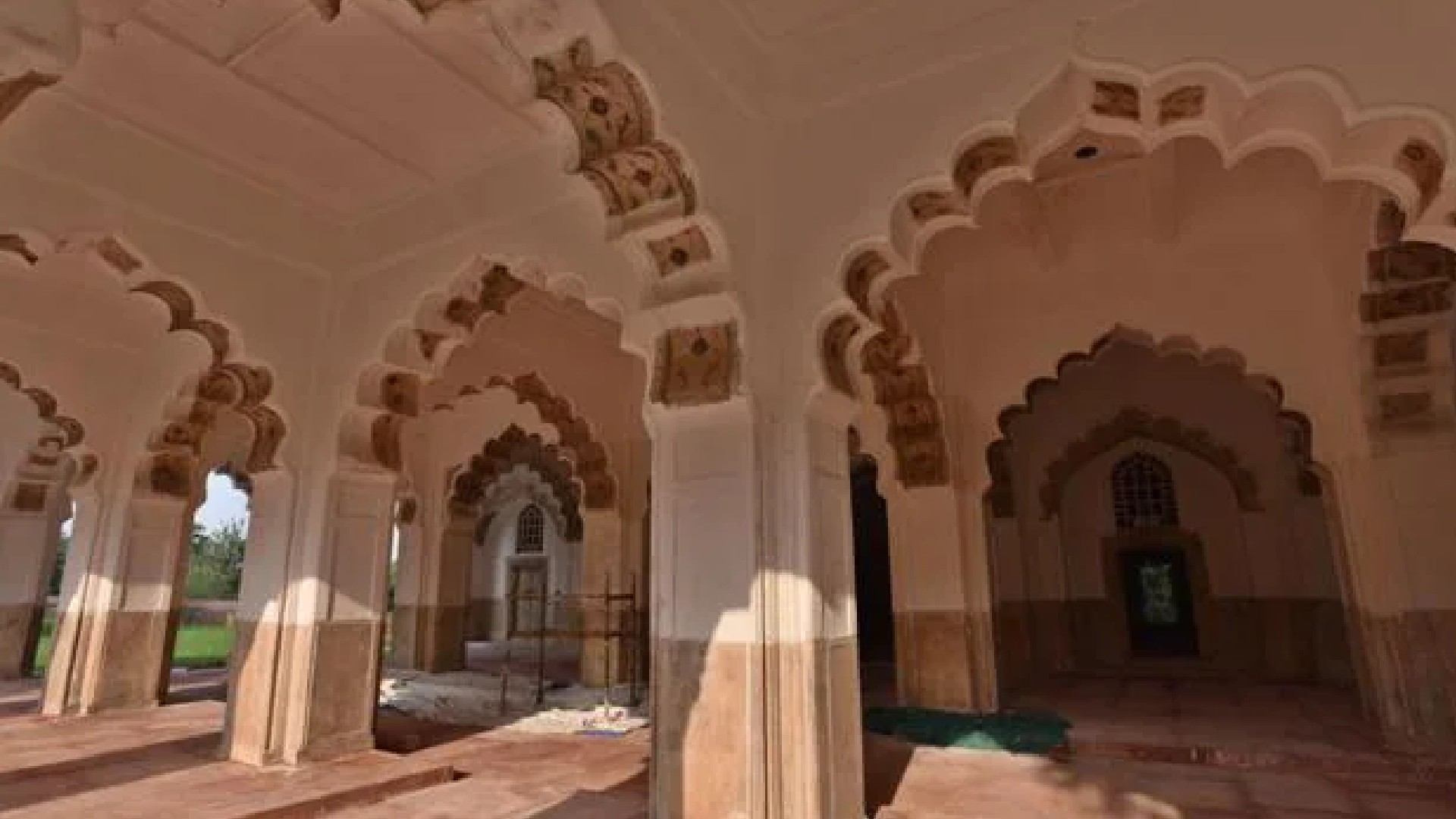One pattern follows the restoration and reclamation of old palaces and citadels, the dwellings of the high and mighty of past eras. In a world where we fight our wars in boardrooms, the life of erstwhile warriors and kings who once ran the world is archaic and antique, far removed from our reality, and best witnessed across a window as a remnant of a practice long lost.
Some palaces turn into hotels, where you pay a premium to experience firsthand if only for a short while, the opulence of a regal lifestyle. Others are turned into museums, relics of the past preserved there, a treasure trove of knowledge to be passed down through generations.
The Six Palaces Of Yore
The back end of the Red Fort, the one adjacent to the Yamuna before it was diverted in the last century, housed six palaces that were part of the imperial seraglio, where the ruling Mughal’s womenfolk had their residence. The six palaces were connected by an artificial stream flowing through marble channels and interspersed with magnificent fountains called Nahr-i-Behisht (the stream of paradise). Mumtaz Mahal – ‘The Palace of Jewels’ – is the southernmost of these buildings.
Divided into six apartments by a set of arched piers, the Mumtaz Mahal is now home to the Delhi Museum of Archaeology, housing a wide array of artifacts from the Mughal era. The palace was built by Shah Jahan, The Magnificent, for his wife Arjumand Banu Begum, known in legend as Mumtaz Mahal, the queen. She interred with the emperor at the Taj Mahal, the crown jewel of Mughal architecture.
Relics Of An Age Gone By
Each of the six chambers is a gallery that systematically houses artifacts from the times of different emperors. As you walk in, the first few showcases have articles belonging to Emperor Akbar and his successors, such as miniature paintings, manuscripts, stone inscriptions & farmans (royal orders), among other things. Here you will also find 17th-century precision instruments which were used for astronomical calculations. These are followed by porcelain and jade objects, textiles, and glazed tiles. The most breathtaking are the hilts of swords and daggers, plain but beautifully carved.
There is also the Bahadur Shah Zafar Gallery, where you will find objects belonging to the last Mughal emperor and his queen, including costumes, stationery, gunpowder horns, and toiletry articles.
You can also find the arms used in the war of 1857 by the then Nawab of Pataudi and by Bahadur Shah, among knick-knacks like field glasses used by British commanders during the siege of Delhi. Portraits of the last Mughal rulers and other famous luminaries of the era, like Mirza Ghalib, maps and lithographs depicting scenes of Delhi, Bahadur Shah’s letter to Queen Victoria with the thumb impression of his son Jawan Bakht, are some of the fascinating things you can eyeball here.
No other place would be more appropriate for a walk through the past than a palace named after the most famous of the Mughal empresses. The Red Fort is a fascinating place to visit, no less for its imposing architecture than the records it preserves for all posterity!
Where | Mumtaz Mahal – Red Fort, Netaji Subhash Road, Chandni Chowk
